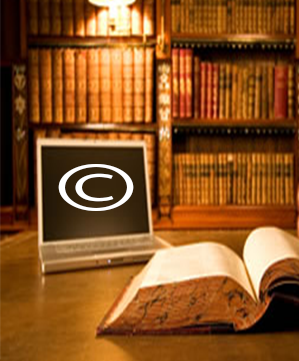
Copyright lAW
- Since 1991
- Global Service
Copyrights were created to protect ownership of artistic works, including artsy, literary, musical, and theatrical creations. Intellectual goods protected by copyrights include poetry, music, songs, motion pictures, novels, architecture, paintings, and even computer software and digital creations. Ideas cannot be copyrighted, however, a tangible form of the idea can be. In artistic works, copyright generally lasts for the duration of the author’s life in addition to 70 years following their death. By copyrighting creative intellectual property, artists are afforded a public notice and legal evidence of ownership. Infringement of copyright gives the rights to the true owner of the intellectual property to sue the suspect in court.
A trademark can be defined as a word, symbol, design, and/or phrase which is used to identify and differentiate the source of goods from other similar parties. A somewhat similar right is the service mark, which affords the same protection rights to services rather than goods. Businesses make use of certain names, symbols, words, and designs when trading goods or services to distinguish themselves as the source of certain goods, products, and services. The term “trademark” is frequently used to refer to service marks as well as trademarks. Some examples of intellectual property requiring a trademark are brand names, brand logos, and slogans. These examples can all be categorized under the term “mark”.
